A couple of years ago, the game Middle-Earth: Shadow of Mordor released, an ambitious title developed by Monolith situated in the universe of The Lord of The Rings. The game was surprisingly good with a vast open world, a well-received Nemesis system and decent gameplay. A sequel was greenlit shortly after, and you’ll read my findings of the game below.

Preface and storytelling
Shadow of War picks up directly where Shadow of Mordor left off. It’s been a few years, but there’s a quick recap at the beginning of the game to refresh your memory, or if you’re new to the series so you can follow the storyline without any issues.
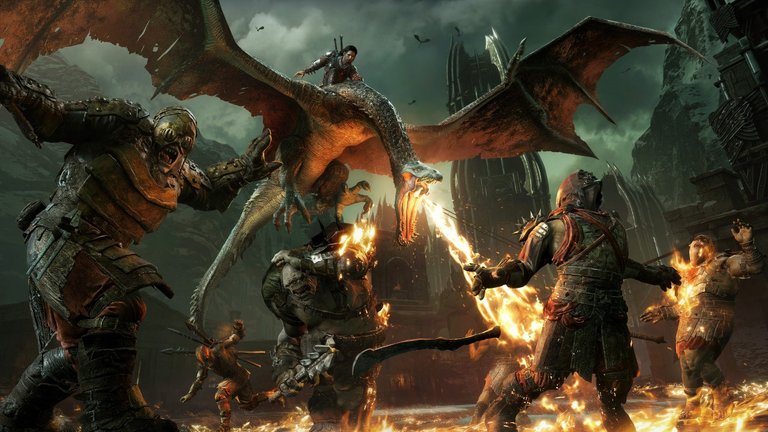
The developers of the game have been given ‘carte blanche’, although the lore is most definitely that of The Lord of The Rings. Main character Talion – who is excellently portrayed by Troy Baker – once again joins forces with Celebrimbor to battle Shelob, who has captured the Ring of Power and is also a creepy spider witch who can shapeshift. The orcs are still putting many cities under siege and the city of Minas Ithil, in particular, will play an important role in the beginning of the game.
The storytelling itself is probably not what’d you’d expect for a Tolkien story, and the game does have some weird references and plot points here and there. There’s even a bit of humor and a certain chaotic element in the narrative, although that isn’t necessarily a bad thing.
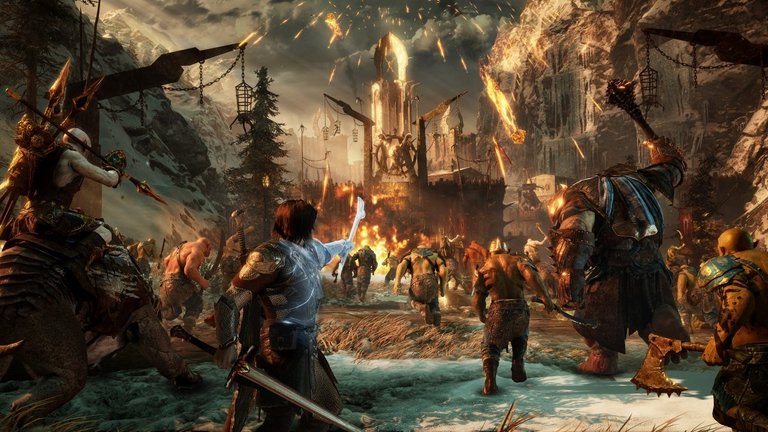
Gameplay
Because of the action-adventure open world action, many like to compare the Middle-Earth franchise to that of Assassin’s Creed. There are definitely some similarities, although Shadow of War does offer a completely unique atmosphere thanks to its improved Nemesis system and variety of enemies. The second game features more RPG elements, and you’ll once again need to collect runes, upgrade your weapons and plan your battles carefully. Whether you’d like to use stealth or ruthless aggression, all playing styles are encouraged in Shadow of War.
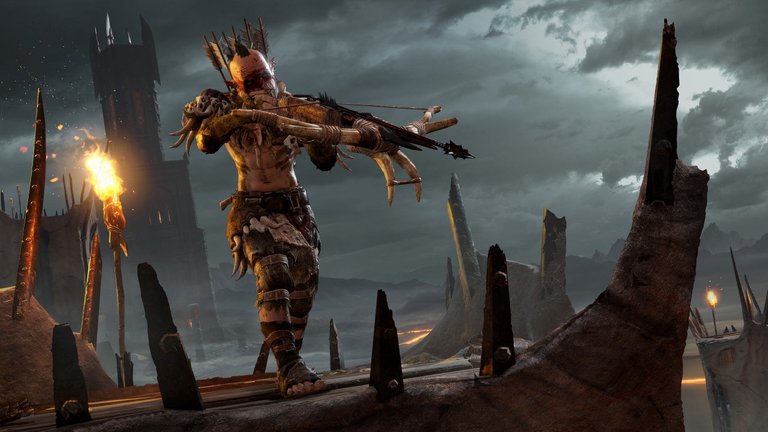
The Nemesis system is without a doubt the unique factor in the entire game. Open world games are often criticized for being too repetitive, which isn’t really an issue in Shadow of War. The Nemesis system in the original was already great, and the sequel does it even better.
Each new enemy area you’ll visit will be controlled by a number of orcs, each with their own ranking. To take down the entire army, you’ll need to kill officers and captains, but things can get a little more complicated than that. Your actions will also cause a shift in rankings amongst these orcs. If one of the orcs succeeds in killing you, for example, he’ll advance in rank and become stronger.

Each one of these orcs also has remarkable weak points and strengths, which you can use to your advantage. If you take down a few important orcs, you’ll be rewarded with new loot and the satisfying feeling of victory. The Nemesis system is surprisingly dynamic, extensive and extremely well-designed. A true masterpiece that gives you the feeling that nothing is impossible.
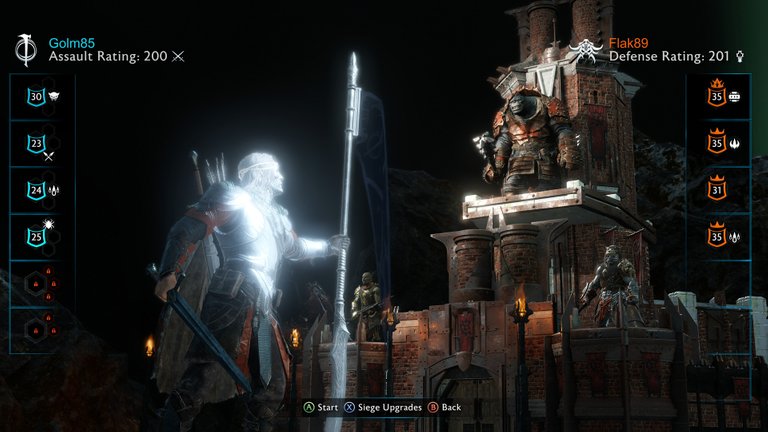
Shadow of War can definitely be considered an extensive and large game – you’ll still be conquering area’s and slaying orcs even if you’re dozens of hours into the game. After completing the first large chapter, you’ll also be able to create your own army with your own orcs, which greatly affects the gameplay.
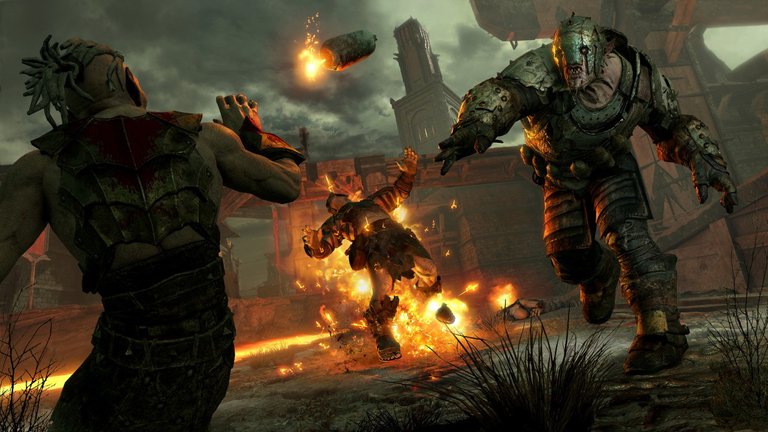
You can 'convince' orcs to join you in battle by taking away their free will. This doesn’t only apply to orc soldiers, but you can also convert captains and officers. These can be used to control armies of regular orcs and fight Sauron’s army. You can also use them as your personal bodyguard or a double agent – there’s plenty of possibilities to explore and it also gives you multiple options to deal with a certain conflict. And I’ll admit – controlling your own army is just pretty damn cool.
Not every moment in the singleplayer campaign is as spectacular as the other, but the gameplay is varied and quite refreshing. The campaign is just plain fun, mostly thanks to the Nemesis system and the possibility to grow your own army.

Unfortunately, this army-building gameplay comes with one major caveat: the existence of microtransactions. For a small (or large) amount of real money, you can buy orcs to utilize in your army. Microtransactions have no business being in a singleplayer game at all, no matter how large the impact is. You can play through the entire game without spending a penny, but a certain piece of the endgame requires you to have a strong army that you’ll have to grind dozens of hours for if you don’t pay up.
Concluding, Shadow of War is more refined, more impressive and greater than its predecessor, which was already considered to be a ‘sleeper hit’. The expectations for the sequel were very high – and aside from the included microtransactions – those expectations have been fulfilled.
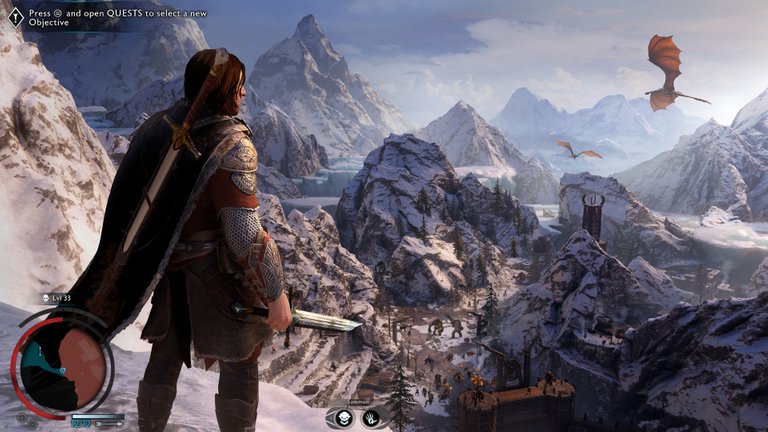
Graphics and audio
Middle-Earth: Shadow of War is a game that doesn’t disappoint in the audio or graphics department. Most environments look great, are incredibly well-detailed and surround the player with a true Lord of The Rings atmosphere. The game also supports enhancements on PS4 Pro and Xbox One X for higher resolution on consoles. Another pro is the excellent HDR support. The framerate stays stable on consoles at 30 FPS, even in more chaotic fights.

Conclusion Middle-Earth: Shadow of War Review
The bar was set extremely high for the Middle-Earth: Shadow of War, and in almost every aspect, this game is an improvement compared to its predecessor. The campaign contains more epic moments, but the refined Nemesis system and building your own army leave a lasting impression. Shadow of War is also graphically quite impressive, coupled with an interesting, yet sometimes chaotic, storytelling. It’s a shame that the existence of microtransactions spoils the party for this otherwise excellent game.
Middle-Earth: Shadow of War is available on PC, PS4 and Xbox One. Image sources: official press kit.
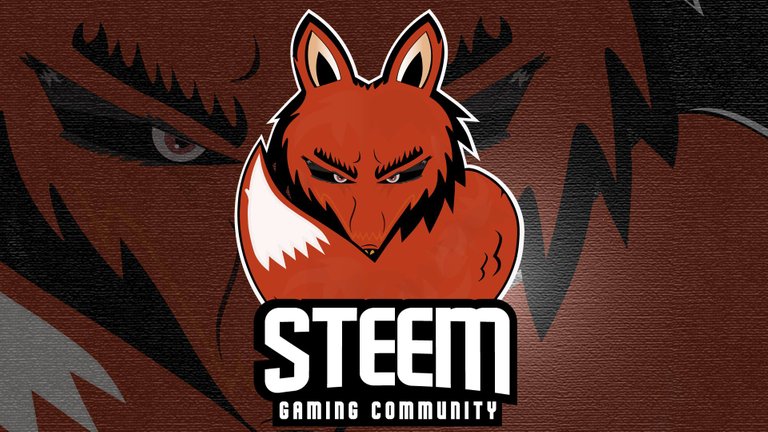
Enjoyed this post? Feel free to upvote and follow @RebelHeart!

Congratulations, this post was rewarded with a SteemGC Upvote!
Want to meet fellow Steemit gamers and earn upvotes yourself? Join the SteemGC Discord channel!